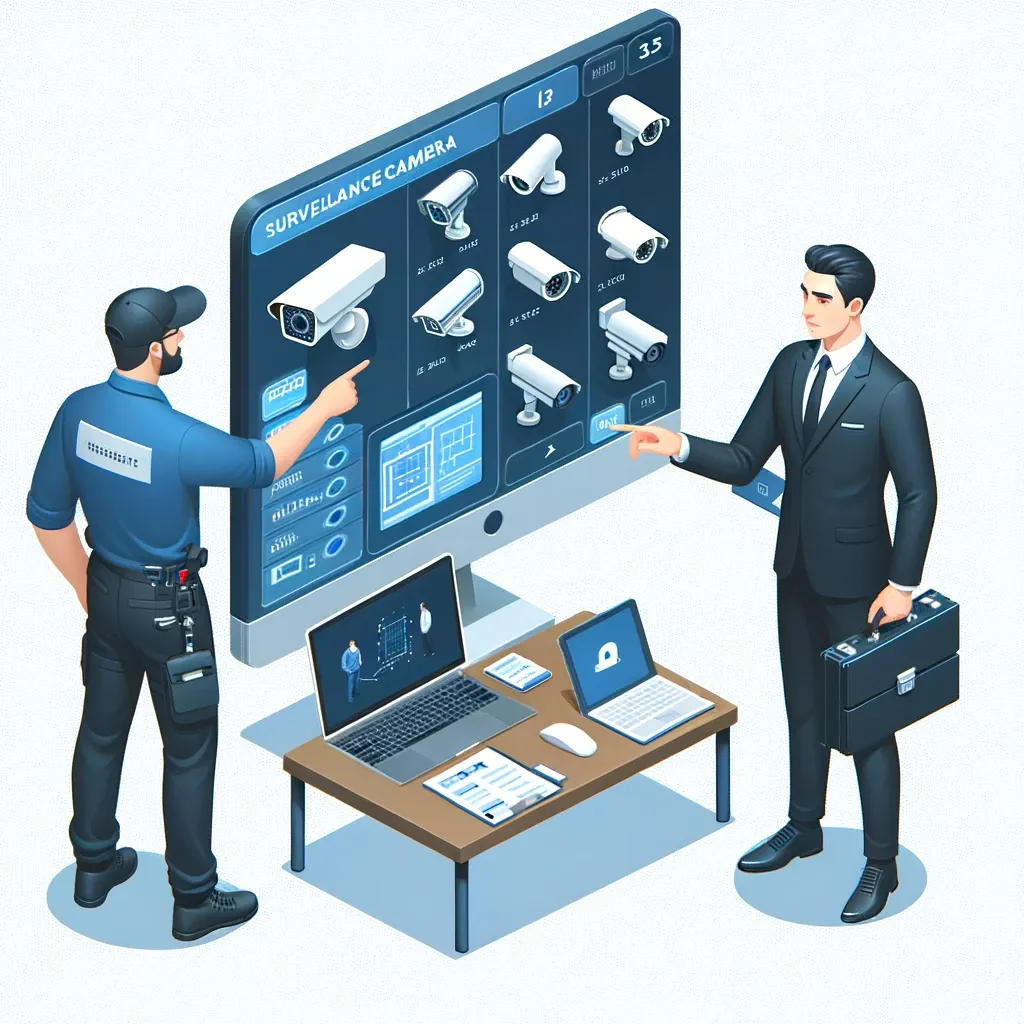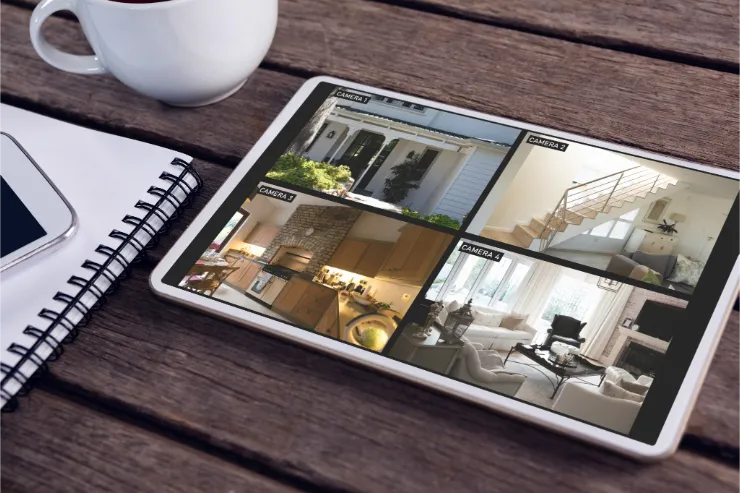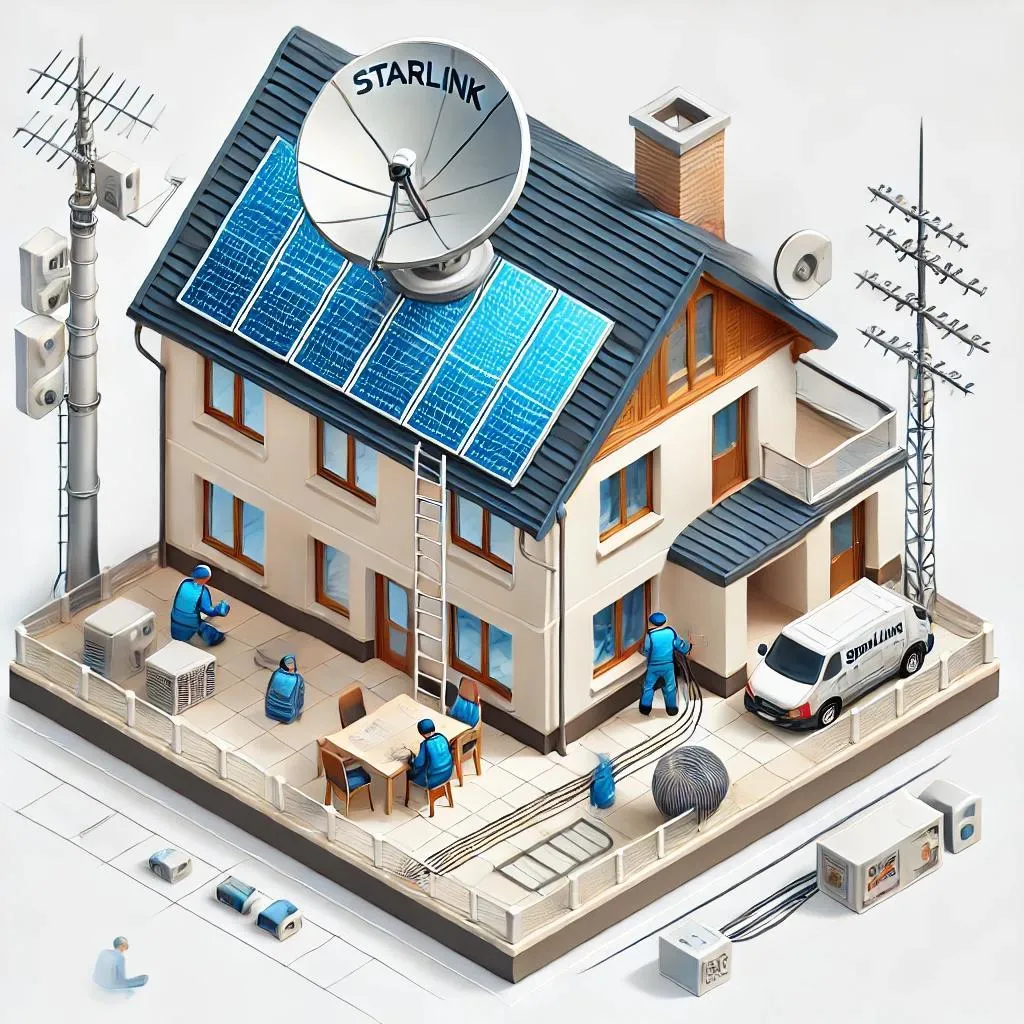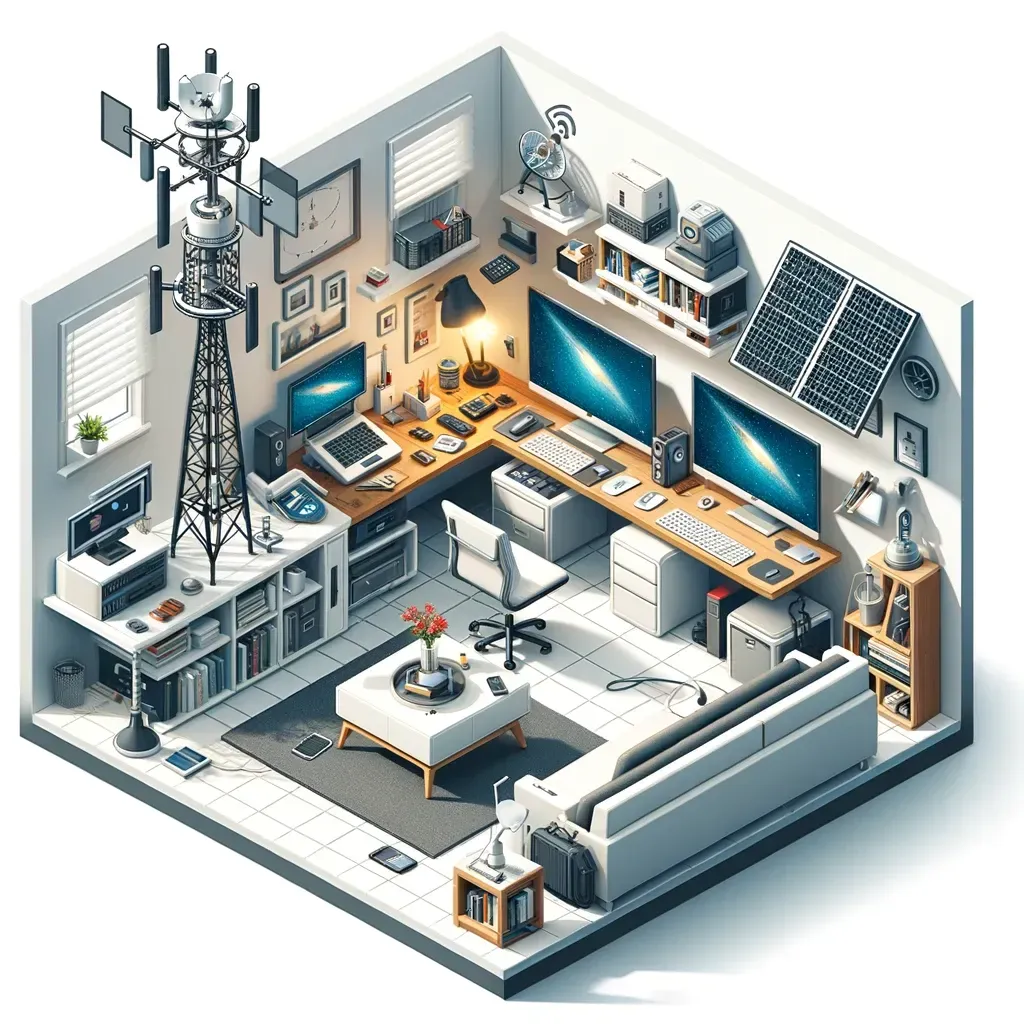CALGARY - AUDIO - VIDEO- ELECTRONICS
Experience the Best of Business & Home Automation in Calgary
Cave Integration specializes in making both homes and offices in Calgary smart, offering business and home automation that makes life easier.
Simplify your Audio Visual Experience Today
Are you overwhelmed by the complexities of modern audio and visual technology? You're not alone. Many people find the task of integrating sophisticated systems into their homes or businesses daunting and the results unreliable.

Taking Your Audio Visual Experience to the Next Level
Our mission at Cave Integration is to flawlessly integrate technology, providing top-quality hardware with unmatched customer service for business and residential clients. We aim to redefine connectivity through innovation and personalized solutions.
ABOUT US
At Cave Integration, we get it – your audio visual needs are one-of-a-kind.
That's why your satisfaction is our top priority. Our friendly team of experts will go the extra mile to make sure you're absolutely thrilled with the systems and equipment we recommend.
We partner with only the most trusted and respected brands, so you know you're getting the best.
Our mission is to make technology seamless for you.
We bring together top-notch hardware with exceptional customer service, designed to elevate your business and home. We're passionate about using innovation to create personalized solutions that redefine how you connect with your space.
SOLUTIONS BASED Services

Boardroom & Meeting Room AV
Elevate your meetings with our expert AV installation. Enjoy seamless integration of audio, video, and display technology for clear communication and impactful presentations.

Home Theatre & Home Automation
Enjoy easy setup, powerful content access, and one-touch control for an immersive experience in any room size. Dive into a world of entertainment with unmatched simplicity!

Serveillance Cameras
Upgrade your home and business with hassle-free installation of a customized security camera system. Our experts will also teach you how to monitor it easily from anywhere using a simple app.
CLIENT DRIVEN
Popular Solutions

Boardroom Experience
Meetings Made Easy
We specialize in delivering tailor-made solutions designed to elevate and optimize your business operations.

Home Theatre Experience
No Stress Home Theatre
With decades of unwavering commitment, we pledge to deliver the finest audio-visual solutions tailored specifically for you.

Security Camera Experience
Hassle Free Security Cameras
Enjoy a user-friendly experience with remote monitoring and one-touch controls, keeping an eye on your home and business from anywhere, anytime.
Our Team

Al
President

Marcus
Installations Lead

Dave
IT Lead

Bryce
Sales Lead
ARE YOU READY TO TAKE YOUR TECH EXPERIENCE TO THE NEXT LEVEL?
ARE YOU READY TO TAKE YOUR TECH EXPERIENCE TO THE NEXT LEVEL?








